If you know me and my approach at all you know that I believe that play-powered strategies are the KEY to a successful approach to preventing, addressing and transforming challenging behavior.
…because play is what makes young children tick! And, it’s the best way for them to learn to self-regulate.
If we don’t capitalize on children’s love of play it is a huge missed opportunity to speak their language, to motivate and inspire them.
And, yes, giving children extended time and space to engage in open-ended, child-directed free play (ideally, at least 1 hour each morning and 1 hour each afternoon, minimum) will 100% decrease challenging behavior in your classroom.
BUT, I know that might not be the current reality in your program.
And, you may not be in a position to change that.
I’m super pragmatic and a realist so while I’d certainly advocate for you to try and advocate to shift to longer play times (Close the door? Get your admin to sign up for my emails? Share an article?), let’s talk about how to use play-powered challenging behavior strategies even if you’re in a program with short play times and/or with a high emphasis on teacher-directed activities and maybe worksheets.
If you work in what I call a “low-play” program or school, I actually have great news for you!
In such programs a little play-power can go a long, long way because children are arguably starved for play and playfulness. So, while the strategies I’m about to share can be used in ANY program you just might find that these strategies are especially potent in low play programs.
How might you be more play-powered in how you approach your transitions, large group, or respond to classroom conflict?
Taking a play-powered approach to preventing and addressing challenging behavior means you use play-powered strategies throughout the day.
5 ways to use the power of play to prevent challenging behavior even in non-play-based programs:
Sing your way through the day!
Be silly and use humor to connect with children, defuse a conflict or gain their attention.
Take a “brain break” and play a game or play a movement song that gives fun directions.
Infuse rhymes, alliteration and other word play in your activities.
Use a Class Puppet to give directions during transitions, circle time, lunch time, nap time…
I think you can see that while all five of the above ideas capitalize on young children’s love of play none of them necessitate long periods of free play!
… so you can use these ideas anywhere on the academic to play-based philosophy/curriculum spectrum!
(Of course, in actuality we can TOTALLY teach “academics” through play so this is a false dichotomy, but that’s a discussion for another day).
What’s one way you might introduce a new, play-powered approach to move children through a transition, get children to follow directions, or de-escalate a conflict? Or, what’s one way you already do this?
Tell me in the comments below!
Learn how to take a play-powered approach to supporting children who've experienced trauma...
Click the button to get instant access to my 1-hour video interview with Sarah Erdman, author of Trauma and Young Children: Strategies to Support and Empower.
Workbook and 1-hour PD certificate included!
Yes, the training, workbook, and PD certificate are yours for FREE


